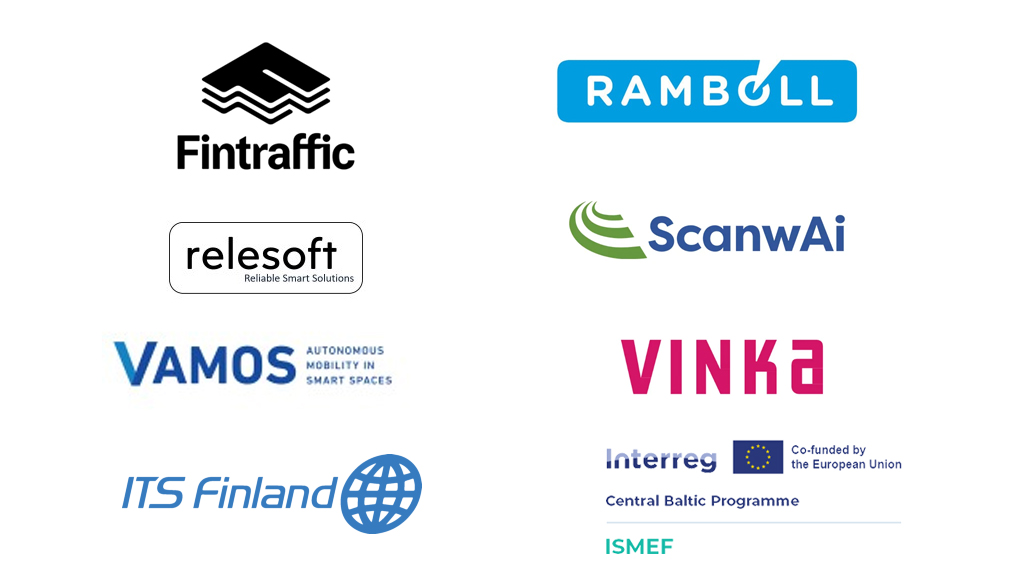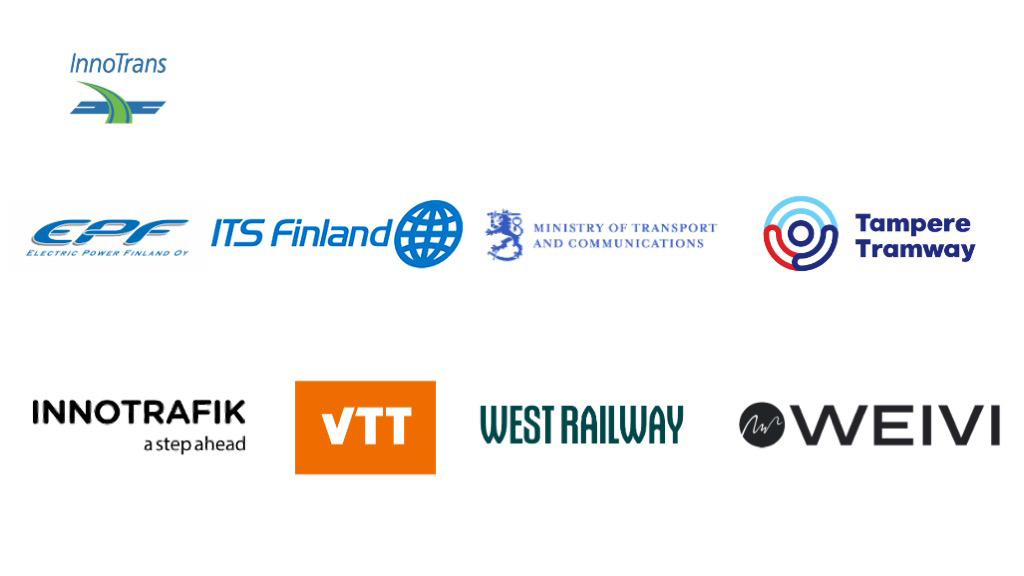Strategic guidance and cooperation needed in developing 5G transport infra
The transport sector is changing rapidly. Climate change and increasing traffic levels present challenges, while at the same time digitalisation creates new opportunities for transport development. The Government Programme also highlights the objectives of well-functioning transport infrastructure and effective communications.
The Finnish Transport Infrastructure Agency has examined how the development of telecommunications networks can best be promoted and what the benefits, requirements and challenges are for digital infrastructure in the operations of transport infrastructure authorities.
The future requirements for the development of telecommunications connections in road transport mostly relate to increased vehicle communications and the development of automated transport. The key future development needs of rail transport, on the other hand, are connected with the replacement of Finnish train management system with the European ERTMS system.
Based on the current outlook, it would seem that a broad-based and comprehensive implementation of the 5G high-frequency network on main routes in the near future is very unlikely. At most, high frequency 5G base stations will be implemented at individual points – such as intersections, ramps and traffic hubs – to provide increased data transfer capacity.
It should be noted that many of the new transport services and development steps do not require a high-frequency 5G network, but that the majority of the developments planned for the near future can already be implemented with the help of existing 4G and lower-frequency 5G networks.
Need for consideration of the role of the Finnish Transport Infrastructure Agency and investment in cooperation work
In the investigation, the Finnish Transport Infrastructure Agency identified ways in which it can promote the realisation of 5G networks and other data connections on roads and railways. However, in order to form the correct measures, it is necessary to first clarify the role of the infrastructure manager as a promoter of telecommunications connections.
Cooperation between authorities and operators will be important in the future. The interoperability of passive infrastructure should be promoted along transport routes, and cooperation between authorities and operators should be deepened and systematised.
This is essential for the cost effectiveness of pre-construction. The installation of a telecommunications infrastructure is usually easier and cheaper when it is prepared and carried out in conjunction with other construction work. For example, when forecasting needs for cable relocation,
it is worth engaging in systematic cooperation with operators already in the planning stages.
‘In the development of the 5G transport infrastructure of the future, there is a need to raise awareness of the impacts of telecommunications issues on operating practices among the different parties involved in infrastructure management and to identify the division of tasks between public and private actors,’ says Kari Wihlman, Director General of the Finnish Transport Infrastructure Agency.
‘Data connections should also be taken into account earlier in the project procedures of the Finnish Transport Infrastructure Agency, and they should be more closely linked to the development of transport infrastructure and service level targets,’ Wihlman continues.
Read the publication ‘5G in the operations of the Finnish Transport Infrastructure Agency’ (in Finnish)
Further information:
Jari Myllärinen, Development, Manager, firstname.lastname@vayla.fi
–
Read the original news article on the Finnish Transport Infrastructure Agency’s website.
Image: Alistair Thacker / Flickr.








